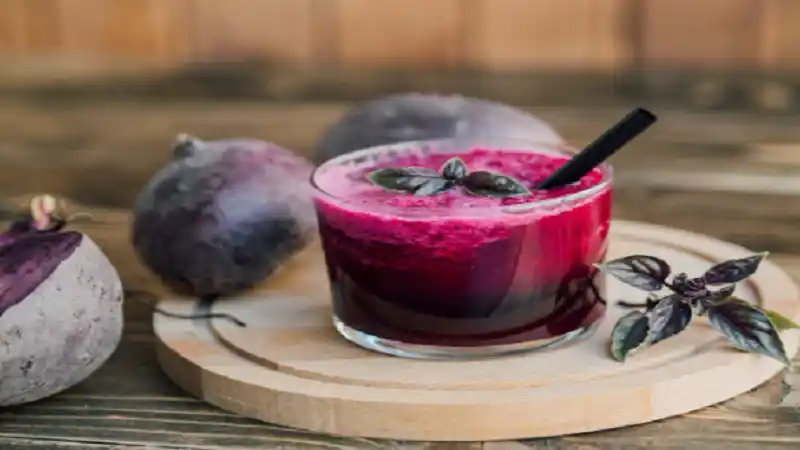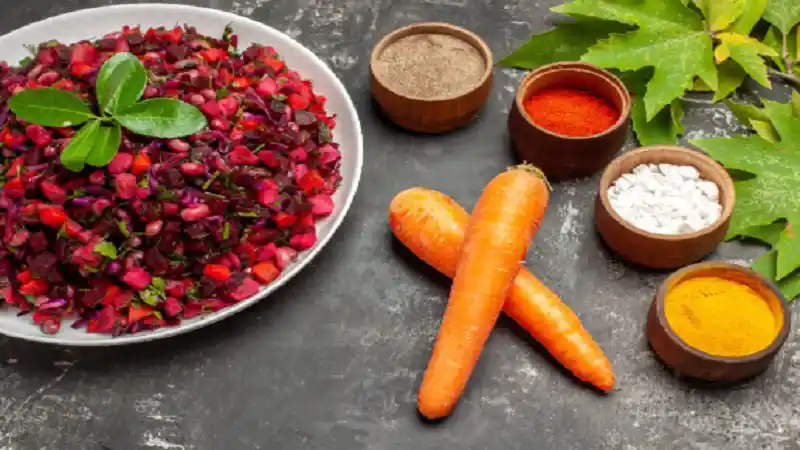Language is a bridge that connects cultures, foods, and traditions. For anyone learning Spanish or English, food terms are among the most frequently searched words online. One such term is “remolacha en ingles”, a phrase that many people look up when trying to understand the English equivalent of Spanish food items. In this guide, we’ll explore what remolacha means, its uses, benefits, and how it is referred to in English-speaking countries.
Understanding the Meaning of “Remolacha”
At its core, the word remolacha refers to a type of vegetable commonly known as beetroot. It is a root vegetable that is deep red or purple in color, widely known for its earthy taste and rich nutritional profile. The Spanish term “remolacha” can refer to both the vegetable itself and its use in culinary preparations.
When translated to English, the correct term is simply “beetroot”. In American English, it is often shortened to “beet”, but in British English, “beetroot” is the standard usage. So whenever you see the phrase “remolacha en ingles”, it is essentially asking: “What is remolacha called in English?”
The History of Remolacha
Remolacha has a fascinating history. Originally cultivated in the Mediterranean region, this vegetable has been consumed for thousands of years. Ancient civilizations like the Greeks and Romans valued it not only as food but also for its medicinal properties. Over time, remolacha spread across Europe and eventually to the Americas, becoming a staple in both culinary and nutritional contexts.
Nutritional Benefits of Remolacha (Beetroot)
Beetroot is often called a superfood due to its wide range of health benefits. Including remolacha en ingles (beetroot) in your diet can provide several advantages:
-
Rich in Nutrients: Beetroots are high in fiber, folate, manganese, potassium, iron, and vitamin C.
-
Supports Heart Health: Beetroot contains nitrates that can improve blood flow and lower blood pressure.
-
Boosts Exercise Performance: Studies suggest that consuming beetroot juice may enhance stamina and endurance during physical activity.
-
Anti-inflammatory Properties: The antioxidants in beetroot can reduce inflammation, helping prevent chronic diseases.
-
Supports Detoxification: Beetroot helps the liver detoxify harmful substances from the body.
By understanding these benefits, it’s clear why remolacha en ingles (beetroot) is not just a vegetable, but a powerful addition to a healthy diet.
Culinary Uses of Remolacha

Remolacha is highly versatile in cooking. Its sweet, earthy flavor makes it suitable for a wide range of dishes. Here are some popular ways it is used:
-
Raw in Salads: Grated or thinly sliced beetroot can add color and flavor to salads.
-
Roasted or Boiled: Cooking brings out its natural sweetness.
-
Juices and Smoothies: Beetroot juice is popular for its health benefits.
-
Soups: Famous dishes like Borscht, a traditional Eastern European soup, use beetroot as a main ingredient.
-
Pickled: Pickled beets are commonly served as a side dish in many cultures.
Cultural Significance of Remolacha
In addition to being nutritious, remolacha has cultural importance in various regions. In Spain and Latin America, it is commonly consumed in both fresh and pickled forms. Beetroot has also played a role in European cuisines, where it has been used in traditional recipes for centuries. In English-speaking countries, beetroot is widely recognized in salads, juices, and even as a natural food coloring.
How to Say “Remolacha en Ingles” Correctly
If you’re learning English, it’s essential to know how to correctly say remolacha en ingles. Here are some helpful tips:
-
Beetroot (British English): Pronounced /ˈbiːtruːt/
-
Beet (American English): Pronounced /biːt/
When ordering food, cooking, or translating recipes, using the correct term helps avoid confusion. For example:
-
Spanish: “Voy a preparar una ensalada de remolacha.”
-
English: “I’m going to make a beetroot salad.”
Notice how simple and clear the translation becomes once you know the proper English word.
Health Tips for Including Remolacha in Your Diet
Adding remolacha en ingles (beetroot) to your daily meals is easier than you might think. Here are some practical tips:
-
Start Small: Introduce beetroot gradually to your diet to adjust to its earthy taste.
-
Combine with Citrus: Lemon or orange juice enhances flavor and boosts vitamin C intake.
-
Use in Smoothies: Mix with fruits like apples or carrots for a refreshing drink.
-
Experiment with Cooking Methods: Roasting, boiling, or steaming can change the flavor and texture.
-
Preserve for Longer Use: Pickling or freezing beetroot extends its shelf life.
Common Questions About “Remolacha en Ingles”
1. Is beetroot the same as red beet?
Yes. Red beet is another term for beetroot, commonly used in English-speaking countries.
2. Can children eat beetroot?
Absolutely. Beetroot is safe and nutritious for all age groups.
3. Does beetroot help with anemia?
Yes. Its iron content and ability to improve blood circulation make it helpful for mild anemia.
4. How should I store beetroot?
Keep it in a cool, dry place or refrigerate in a sealed bag for up to two weeks.
Conclusion
The phrase “remolacha en ingles” is a simple translation question, but it opens up a world of culinary, nutritional, and cultural insights. Understanding that remolacha means beetroot in English allows you to explore new recipes, embrace a healthier diet, and connect with global food traditions. Whether you’re learning English, cooking international dishes, or simply curious about different foods, knowing your vegetables across languages is an enriching experience.
Next time you see remolacha in a recipe or grocery list, remember it’s not just a vegetable—it’s a powerhouse of nutrition and flavor. So, embrace remolacha en ingles (beetroot) in your meals, and enjoy its benefits for both your body and palate. See more

